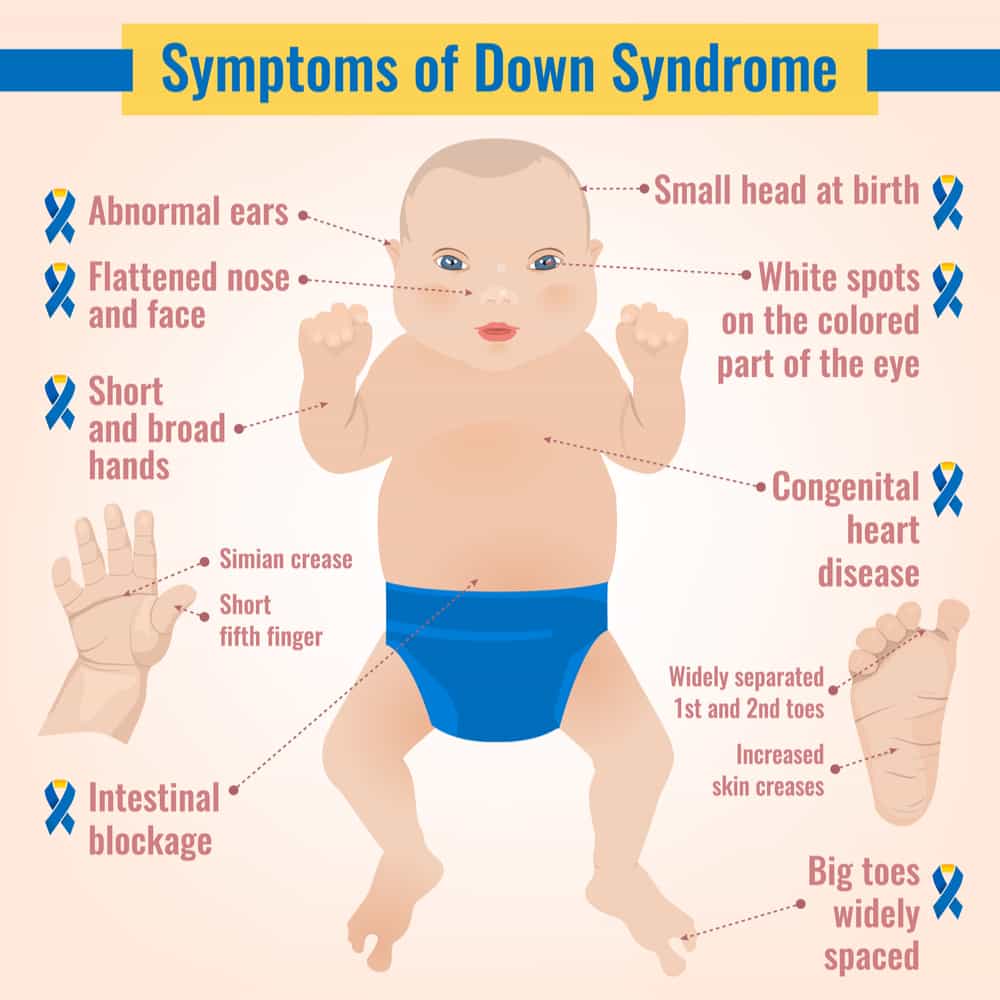When people talk about chromosomal disorders, Down syndrome is one of the most common examples they refer to. It is actually the best known and most widely studied chromosomal ailment. It is also the top cause of cognitive problems and intellectual disability. Additionally, it is associated with a series of systemic issues and complications outside of the nervous system.
Overview
Every cell in the body has DNA stored in its nucleus (not red blood cells, though, because they do not have a nucleus). Genes are grouped in chromosomes every time the cell divides. Our cells have 23 pairs of chromosomes (46 chromosomes total), and every parent provides half of that genetic material. In Down syndrome, patients do not have only 46 chromosomes. They have 47 because chromosome 21 has an extra unit.
Read Also:
- High Fiber Diet | What Are Fibre and its Benefits? | 14 High Fiber Foods You Should Eat!
- Top 10 Antioxidant Superfoods You Shouldn’t Ignore I What Are Antioxidants?, Types, Benefits
- Heart-Healthy Foods: 8 Foods That Are Good for Your Heart I Secrets to a Healthy Heart
- Foods High in B12: Top 12 Foods That Are High in Vitamin B12
- Food Items That Can Treat Anemia: 15 Best and Worst Foods For Anemia Patients To Eat
- The Best Low-Carb Foods I 12 Healthy Low-Carb Foods That Taste Incredible You Shouldn’t Ignore it!
- Low Sodium Foods | Top 20 Low Sodium Foods | List for How to Start a Heart-Healthy Diet
- High Fiber Diet | What Are Fibre and its Benefits? | 14 High Fiber Foods You Should Eat!
- Foods High in Zinc: Top 9 Foods High in Zinc and Their Health Benefits
Each chromosome has thousands of genes, and each one encodes a new protein. Having one extra chromosome means having thousands of additional substances. In most cases, fetuses cannot survive this surplus, but Down syndrome is different. The disease is not fatal, but it is associated with several body and brain development changes.
Signs and symptoms

Patients with Down syndrome are relatively easy to diagnose. They have a set of signs and symptoms that stand out, even in people who do not have any medical knowledge.
